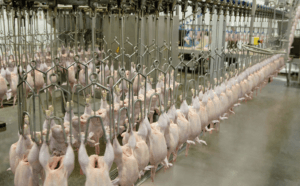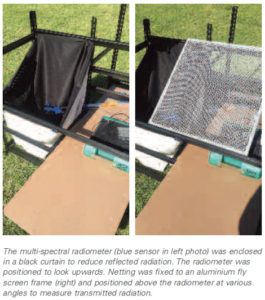Let’s take a look at the role of Hyperspectral Imaging in Quality and Integrity for the Global Meat Industry.
One of the international speakers at next week’s ICoMST 2018 (64th International Congress of Meat Science and Technology) is Dr Marlon dos Reis, Senior Scientist – Food and Bio-based Products at AgResearch in New Zealand.
ICoMST is to be held in Melbourne with the theme of Quality and Integrity for Global Consumers. e.g. Test whether lamb meat is really lamb.
We can’t wait to hear Dr dos Reis speak on “Chemometrics and hyperspectral imaging applied to assessment of chemical, textural and structural characteristics of meat”, corresponding to his work to be published in Volume 144 of the Meat Science Journal (October 2018)
A video of Dr dos Reis’ presentation will be available after the congress.
Applications for Chemometrics in Meat Science
In his career, Dr dos Reis has focus ed on the application and development of spectroscopic techniques for the assessment of meat, including techniques based on nuclear magnetic resonance, NIR spectroscopy and Hyperspectral imaging.

Attracted to AgResearch in New Zealand in 2007, Marlon is excited to apply chemometrics across so many applications and we are excited to learn from him first-hand. In an interview recorded on the AgResearch website, he explained his current projects.
“In Chemometrics we develop and apply statistical and mathematical models to interpret and do better use of data related to chemistry. For example in food assurance we collected spectroscopic data (e.g. near infrared spectra) which brings lots of information about the chemical composition and structure of food.
“This type of data is very easy to collect but needs chemometric models to be useful. So I develop chemometric models for applications such authentication (e.g. test whether lamb meat is really lamb), to predict functional attributes (e.g. bulk density of dairy powder) assess whether the product is still within the expected shelf-life and others.”
A Major Focus for Headwall Photonics and Portable Analytical Solutions (PAS)

Headwall’s Infrared Hyperspectral solutions offer a depth of vision far beyond the capabilities of any other technology.
It is a major step forward in the successful detection of foreign matter and pathogens that are unseen visually but impact the safety of the foods we eat. From poultry and seafood to lamb, beef, and specialty crops, spectral imaging delivers a level of material classification that far exceeds typical RGB cameras.
PAS has been the Australia / New Zealand distributor of Headwall spectral imaging including the award-winning Hyperspec® instruments since 2013. We provide sales support, service and training for these application-specific, rugged and versatile analysers.
Contact PAS about these key products
